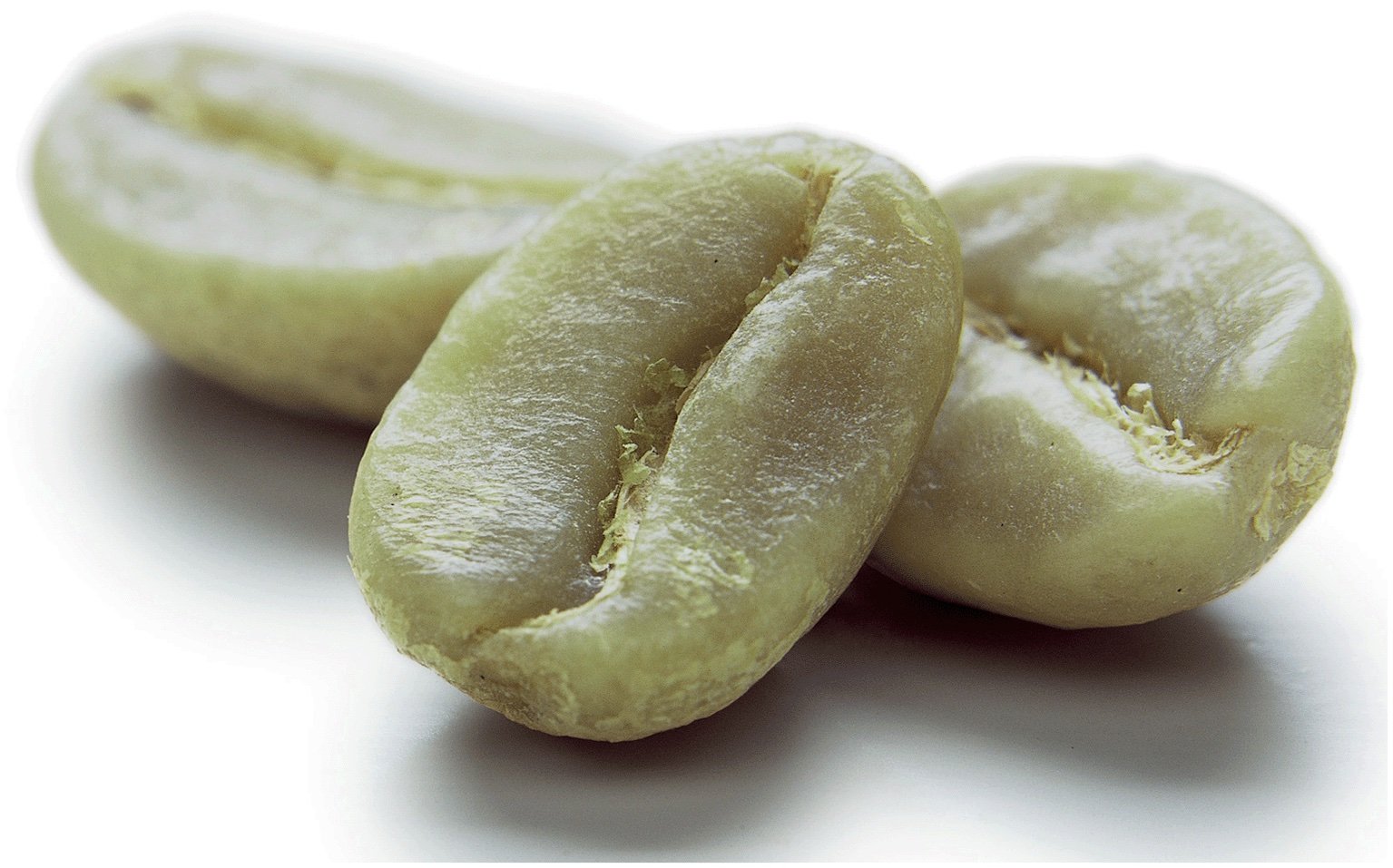
QSorter®
the most advanced AI robot for the fine inspection and accurate breeding of grains, seeds, and beans
excellence in quality
QSorter® Explorer
a new green coffee AI quality language
Bean-by-bean measurement of physical and biochemical properties
100 grams in less than 3 minutes, bean by bean
Detection of 27 defects and 15 screen sizes
Moisture, color, protein, sucrose, and lipids data
Reports in SCA, COB, GCA, NY or any other standard
Data in SQI2 Google Cloud or seamless API integration
24/7 remote assistance and dedicated web customer area
coffee innovation partners

AI algorithms
Machine-learning algorithms for a reliable and objective inspection
accurate processing
Bean by bean quality distributions are used to spot large deviations in quality and take actions immediately
high repeatability
Stable data across devices and across locations to manage your operations with more confidence
study cupping precursors
Trend analyses on moisture, protein, sucrose, and fats to predict behaviour during roasting
gain agility
Inspect high number of samples during the season peaks and share results faster with your partners
reports in SQI2 cloud
Share summary or detailed results in a few seconds to all your partners

Discover other QSorter® solutions
more data, better crops
the most advanced lab solution for the physical and biochemical inspection of agricultural products
the ultimate peanuts inspection robot
Inspect each single kernel with respect to several biochemical and physical parameters in no time
Properties
Damaged kernels
Oleic content
Moisture content
Size classification
Protein content
Oil content
Split count
Flesh LAB color
Skin LAB color
Length, width and thickness
Roundess
breed soybeans with new quality data
-
Classify by hilum color, size, or geometry and increase physical purity
-
Screen and separare by protein, moisture, oleic acid or oil
-
Connect the device to the net for assistance around the clock
automate haploid corn seeds selection
Boost selection accuracy and speed with the QSorter® to extract haploid kernels by using color and/or oil markers.



